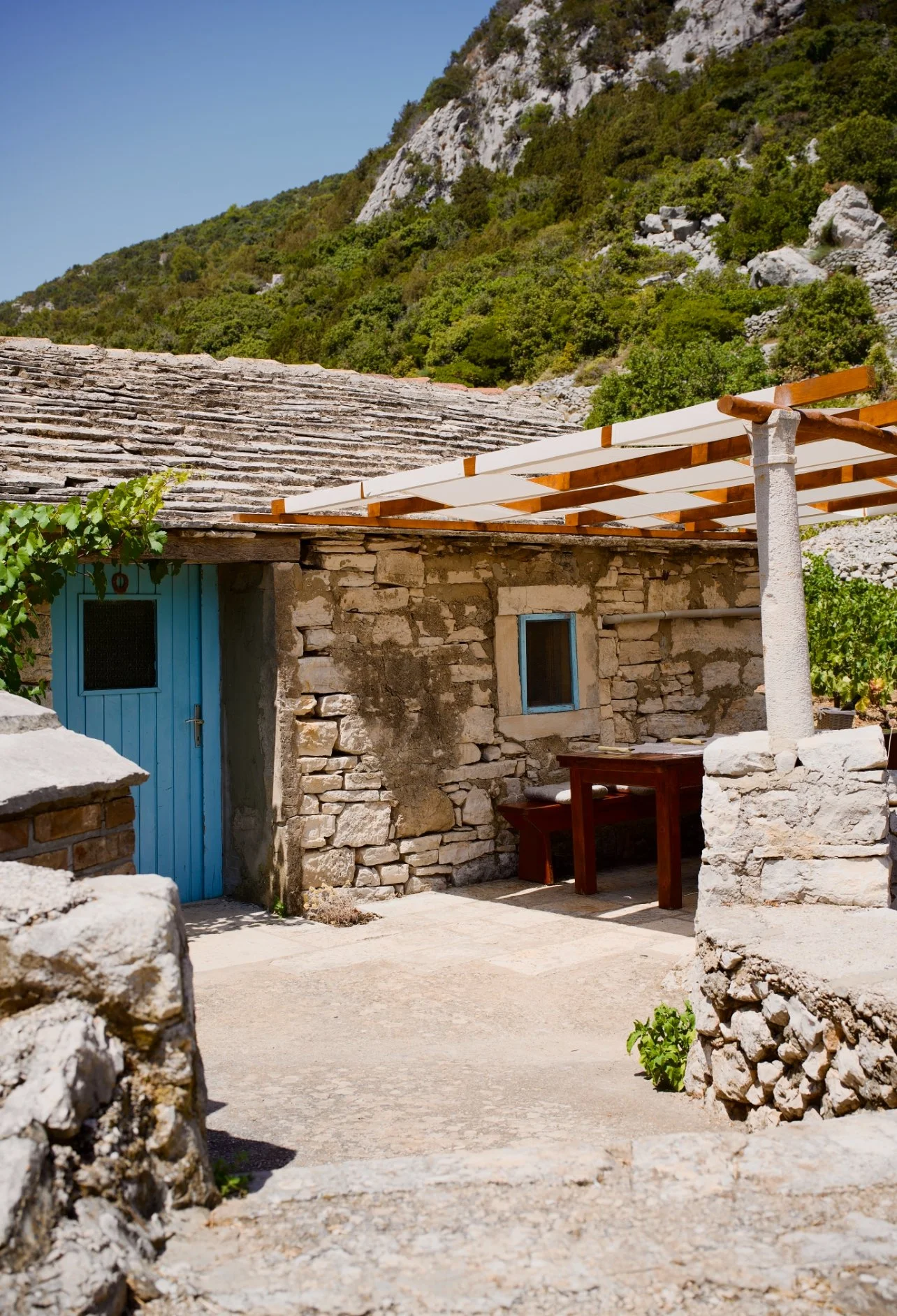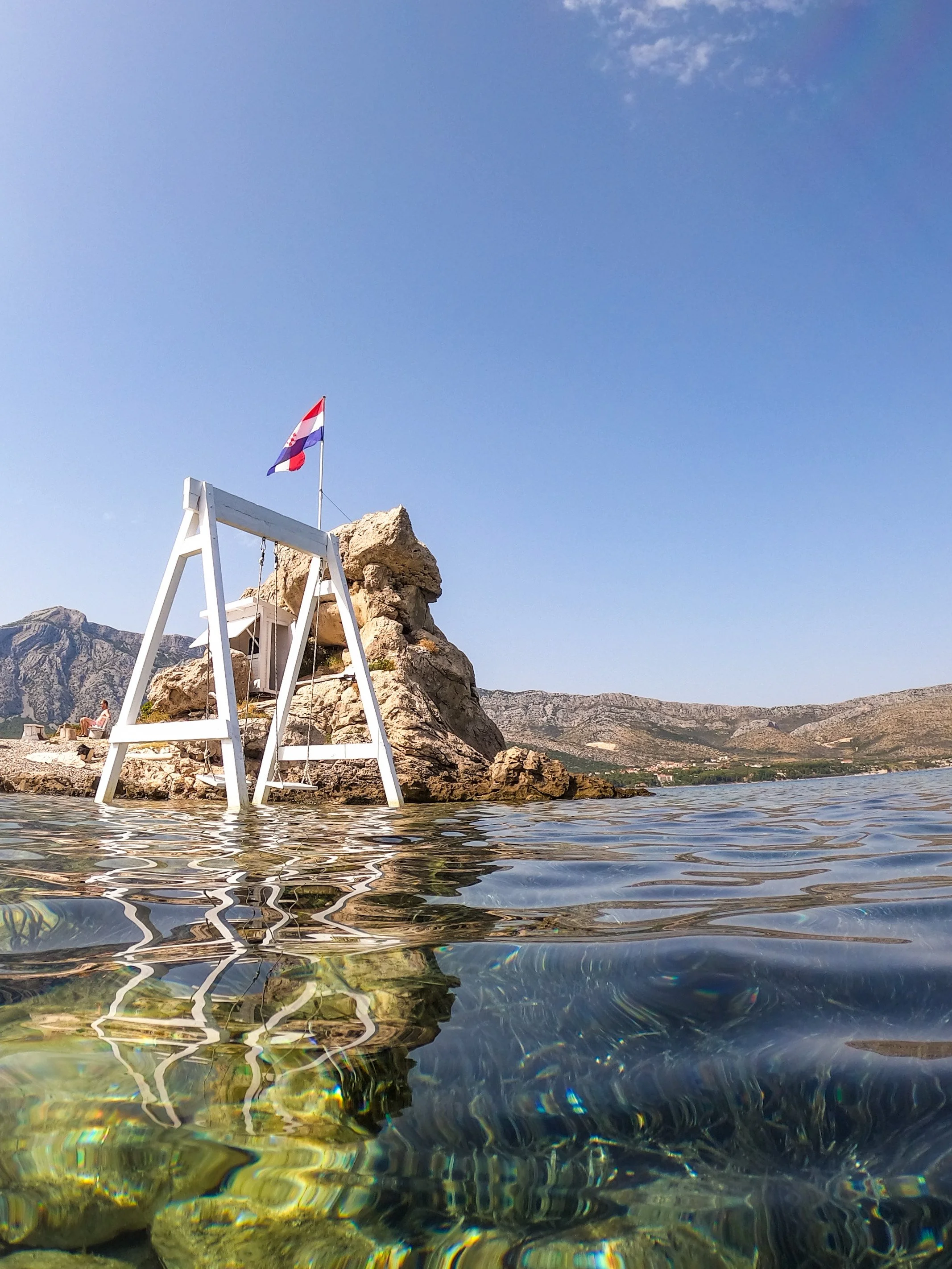Episode 110
Veliki pozdrav, prijatelji!
If you’re interested in learning some simple one-line phrases in Croatian, we’ve got the perfect lesson for you.
Small talk and chit-chat are fun ways to make a light connection with new friends.
Lesson - One Liners
Not bad. - Nije loše.
Take it easy. - Pomalo.
What’s up? - Što ima?
Help! - Upomoć
I have no idea! - Nemam poema
Top shelf! Very good! - Prva liga.
Don’t worry! - Ne brini!
It appeals to me. - Sviđa mi se.
Super Slatko Report
In this edition of the Super Slatko Report, DJ Moe tells us a bit more about one of Croatia’s beautiful cities of the coastal north. If you haven’t heard of Opatija, tune into this SSR and get ready to be delighted.
Opatija is located in western Croatia, in Primorje-Gordski Kotar County. If you’re looking at a map, Opatija is located at the waters edge just as the Istrian Penninsula extends itself into the Adriatic. Opatija is north west of Rijeka and slightly north of Lovran.
Opatija’ s total area is about 70.7 Km squared (27.3 Square miles) factoring in the town and its urban sprawl. As of a census conducted in 2021, the population sits at 16,320, again town and urban sprawl combined.
Opatija is located just near a Kvarner Gulf, a part of the Adriatic that is sheltered at the foot of the Učka massif.
What is a massif? A massif is a compact group of mountains, especially one that is separate from other groups mountains.
Why is it so important for Opatija to be settled here?
It’s said that thanks to Učka, Opatija sits in the shade, which is especially helpful during Croatias long hot summer months. The Učka Massif is so successful in providing cooler temps, that more than half of the population of Opatija chooses to live in the city to take advantage of the shade provided by tallest peak in the Učka Massif, that being Vojak Peak, reaching a height of 1,401 m or 4,596 ft.
So when is it a good time to visit Opatija, well unlike most of the places that I have covered for you in these Super Slatko Reports, Opatija can offer both Summer and Winter opportunities. Based on the data from Weather Spark dot com, the warm season lasts approximately 2.9 months, starting off in the 1st week of June and ending the first week of September. The average high being 23.9 Celsius (75 degrees Fahrenheit) with the peak hitting in July with an average temp of 27.8 Celsius (82 degrees Fahrenheit). Perfect for all types of water fun you would expect for a coastal Croatian vacation.
The cool season lasts for 3.7 months, from the last week of November to mid March with an average daily temperature of 11.7 Celsius (53 degrees Fahrenheit). Opatija’s coldest month is January, where the temperature can drop to an average low of 1.1 Celsius (34 degrees Fahrenheit).
If you’ve ever seen pictures of Opatija, you’ll know that this town has a different look to in than other Croatian towns you might be imagining. That is completely due to its history. Opatija was well on its way to becoming another beautiful Croatian coastal town in the 8th century until a wealthy merchant relocated from Rijeka and thats when things began to change. He built himself an amazing manor known as Villa Angiolina, where he invited all of his wealthy, noble and royal friends to come visit. Before you knew it, Opatija became a home away from home or even a resort for the wealthy from Austria-Hungry. Opatija’s architecture is a clear representation of that influx of visitors at that time. Opatija is loaded with mansions, hotels, villas and promenades all built in this neo-gothic, seccession style that looks like something you might see in Hungary or Vienna built during the Hapsburg era. Large, beautiful, ornate, opulent buildings; built right into this Croatian coastal town, with the lush green Učka Massif as a back drop, seemingly right at the water line. Looks like something out of a story book.
Now that you have a descent idea of what Opatija looks like, here are some of the sights you should take in:
Villa Angiolina - built by Iginio Scarpa in 1884 and the whole reason why Opatija is the way it is today, the manner is also named after his wife
The Lugo Mare - a Promenade right on the water, roughly 12 km long (7.64 miles). Offers endless views of the sea and a few points of interest on the way, this will also lead you to Villa Angiolina as well as a scenic park located on the property.
The town center known as Slatina Street, is busy, loaded with restaurants, shops, and cafe’s, not to mention that stunning architecture that surrounds you every step of the way.
Slatina Beach, which has a gorgeous long bay promenade and a small beach. The promenade is nice and wide and will lead you further out into the water. It lends itself perfectly for sunbathing and swimming as there are steps at the end of the walk that will take you directly into the water.
But how about some Winter activities.
You are about an hour drive up the mountain from Platak Ski Resort, where you can ski, go on a hikes and have some fun quality time with your loved ones in the snow
During the winter you can take your time enjoying the local food, Opatija has 2 restaurants that have Michelin stars.
there’s cross country skiing just 45 minutes away in Fuzine, even sledding opportunities on the way
Last but not least Opatija offers us a song by a guy named Marko Gavorcin, the song is called Opatija. The song is a lively strummer of a tune, celebrating the beauty and romance that is Opatija. The song has a Jimmy Buffet vibe, but I can imagine Marko using his song to help tell us what he was seeing when he wrote it. A cool tune, worth a listen.
Hope you are as excited to take in Opatija in person as I am. It’s on my list for sure!
And that’s it for the Super Slatko Report.






